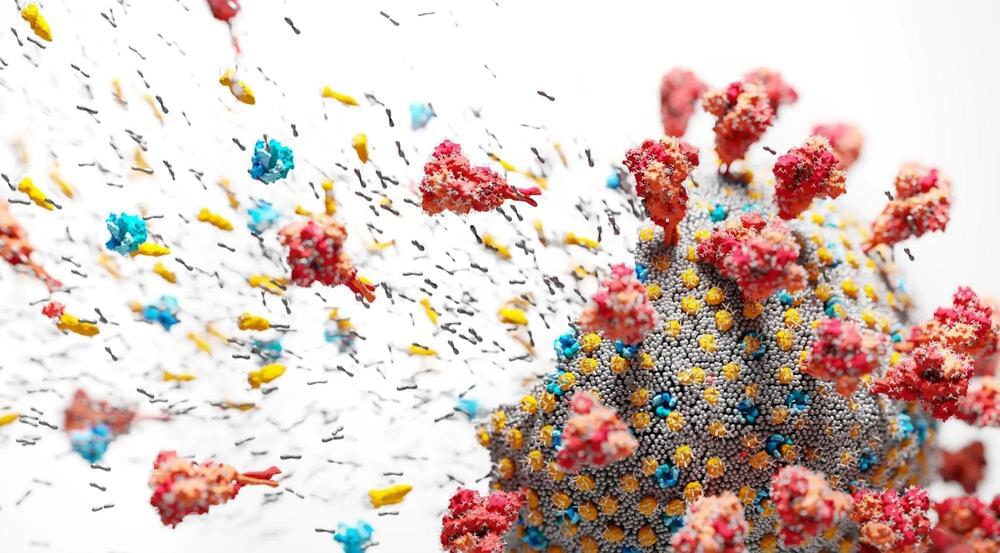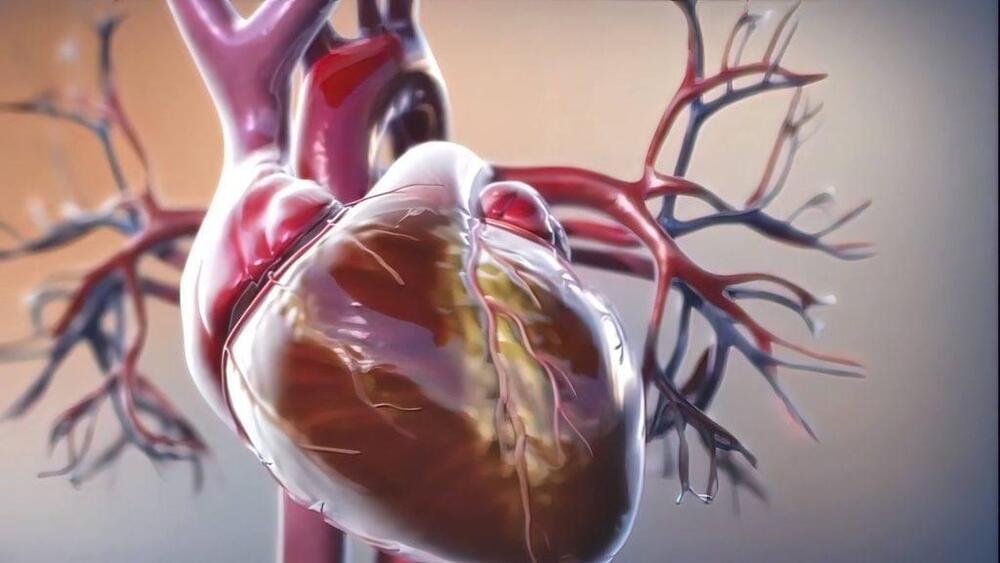He also touched upon the news of Google paying Apple to keep Google Search as the default search on iOS devices. Nadella questioned if Google would continue paying if it were the only player in the market. He also said that Apple was using Microsoft to “bid up the price” it received from Google.
Do you think Google would continue to pay Apple if there was no search competition? Why would they do that?
Satya Nadella also talked about Google’s dominance in the market saying, “You get up in the morning, you brush your teeth and you search on Google”. He also told the Google lawyer that Microsoft is “competing against someone who has a 97% share”.









